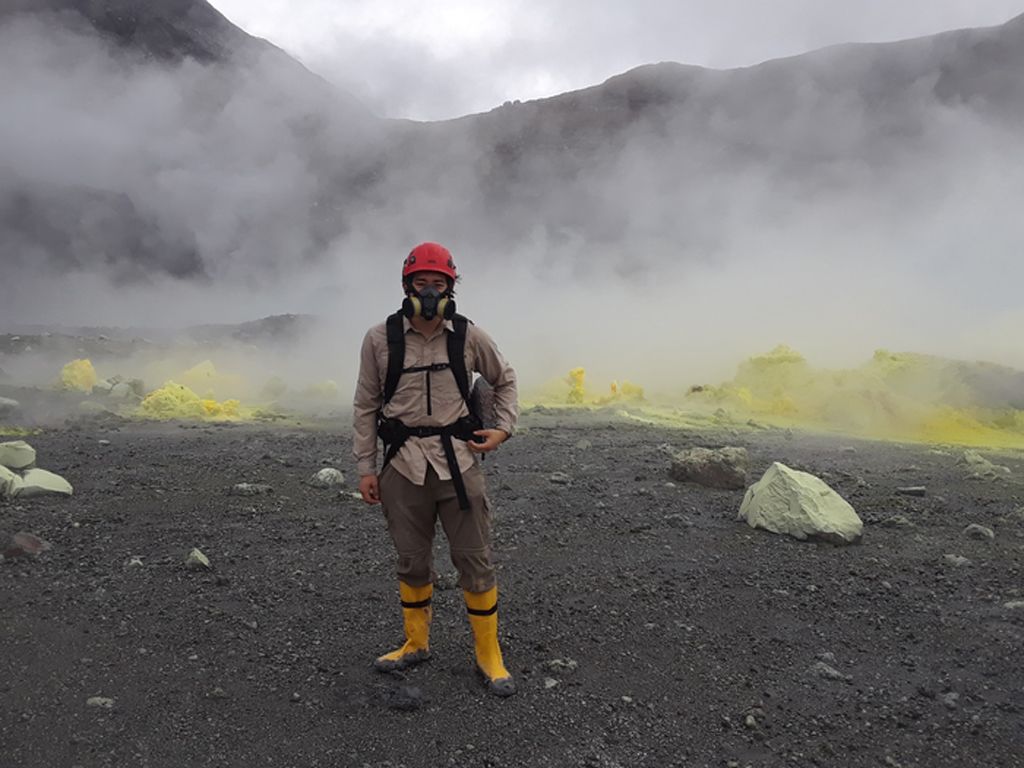
Helping us understand the past of Mars, since we haven’t gone there with humans, yet, is studying what we call analog sites here on Earth — places that bear striking similarities to Martian landscapes or features.
In new research published in Frontiers in Astronomy and Space Science led by graduate student Justin Wang, a research team studied the Poás volcano in Costa Rica. The hydrothermal crater lake on the volcano is considered to be one of the most inhospitable locations on Earth, ultra-acidic, and full of toxic metals. The water temperature can range from pleasant and comfortable to, well, boiling.
Oh, and rock and ash explosions happen on a recurring basis. So really not good for life.
And yet. And yet, over the past ten years, they have found microbes living in the lake. In fact, while they only found one species there back in 2013, the 2017 visit revealed some biodiversity occurring.
A DNA sequencing of the organisms found biochemical capabilities that help them tolerate the conditions. Per the press release: These included pathways to create energy using sulfur, iron, arsenic, carbon fixation (like plants), both simple and complex sugars, and bioplastic granules (which microorganisms can create and use as energy and carbon reserves during stress or starvation).
Overall, this research provides another avenue to examine when it comes to Mars analog sites. Volcanoes may seem to be bad for life, but they actually aren’t.
More Information
- Extremely harsh volcanic lake shows how life might have existed on Mars (EurekAlert)
- “Microbial Survival in an Extreme Martian Analog Ecosystem: Poás Volcano, Costa Rica,” Justin L. Wang, Nicholas B. Dragone, Geoffroy Avard and Brian M. Hynek, 2022 January 28, Frontiers in Astronomy and Space Sciences
This story was written for the Daily Space podcast/YouTube series. Want more news from myself, Dr. Pamela Gay, and Erik Madaus? Check out DailySpace.org.
Originally published for medium.com.





